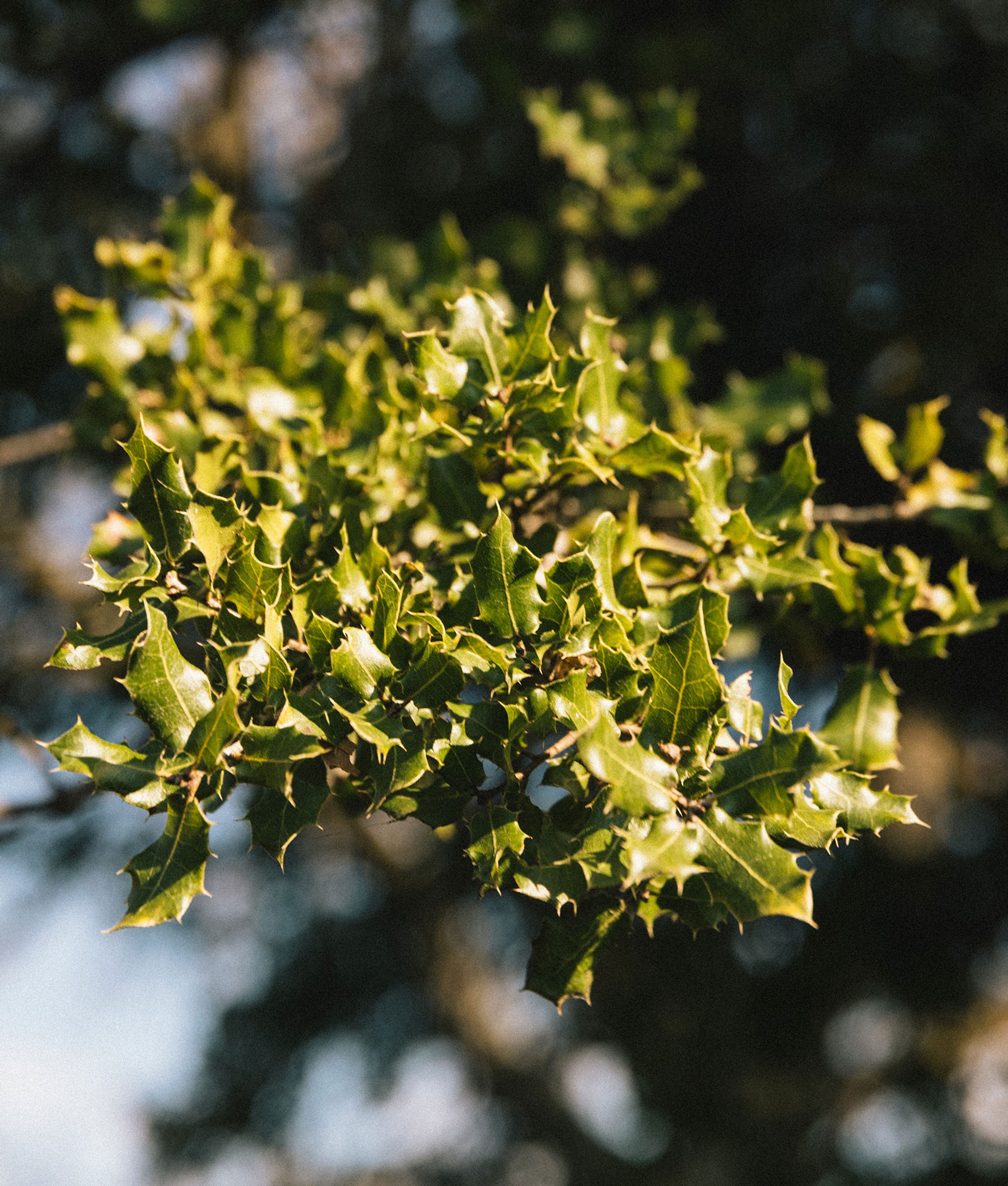Trees for Bees

There's such a strong and partially unrecognized vital link between native trees and pollinators. Bee use trees for forage and shelter even within urban areas. This is why biodiversity corridors can work within built up areas. In general, bees will travel up to 2.5 km search of the right pollen.


Hazel is a great friend to bees, producing early pollen and vital end of winter flowering. Willow is not far behind and of great benefit along with cherry laurel.
Field maple flowers abundantly from early spring and also produces honeydew for bees. Lime trees produce abundant pollen and one mature tree is said to produce as much forage as a football field sized area of wildflower meadow.


Bees also use tree resin to make propolis to protect their hives. They favor conifers and buds of deciduous trees such as alder, poplar, and oak.
Leaving ivy on trees is also beneficial for pollinators at the end of the season and provides a safe haven for over wintering. Bees will also tend to use hedgerows to travel along as a way to avoid winds and being blown off course — a form of pollinator highway!






